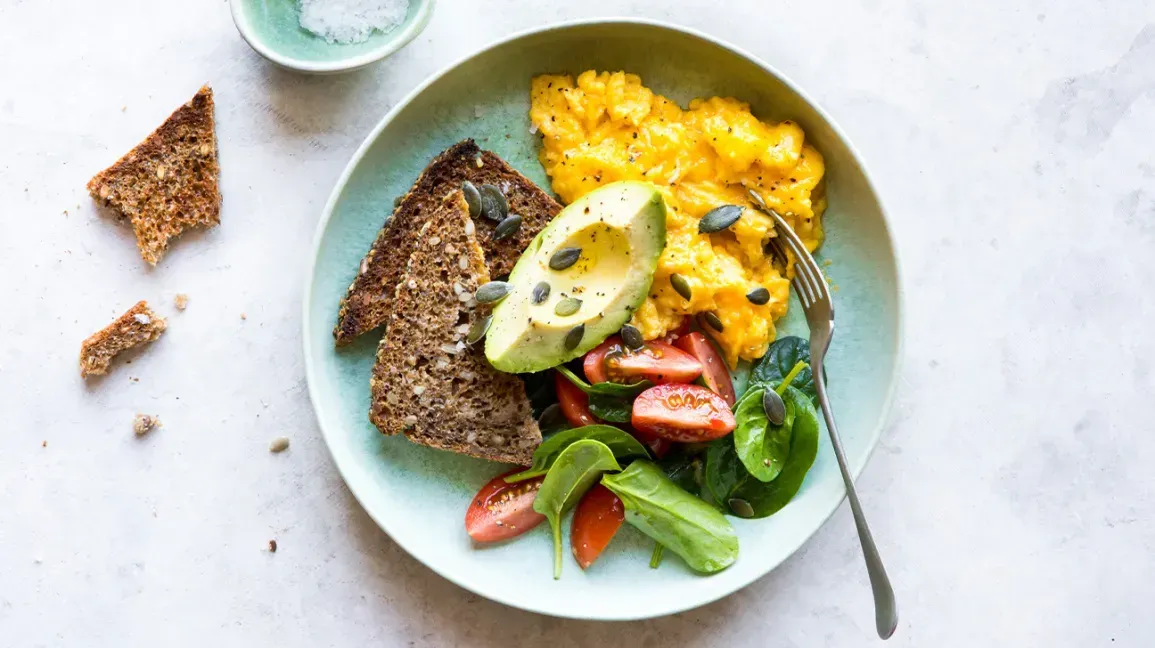How to Manage food, Family and the Holidays.

The holiday season is here, and although this year will look different in many households, many of our concerns remain the same. You want to know how to navigate your lifestyle of eating during the holiday events, what recipes you can make that are compatible; to talk about different family members that don't get it; and how to find the sweet spot if navigating your food freedom with holiday traditions and endless treats.
Just like we believe there is no one-size-fits-all diet, we also believe there’s no one right way to approach these decisions. Here you will find different perspectives on how to navigate the holiday season and events. This will help you to align your beliefs and to confidently guide you during this season.
#1 if you are hosting and have a different lifestyle of eating (whole foods) and your family is requesting culturally or traditionally significant foods that are not compliant with your diet.
Mealtimes, especially around the holidays can be charged as they are deeply linked to memories and identity. For many of us, food is like religion and we feel deeply about how and what we eat. This is an opportunity to welcome the family member to bring their desired dish of choice, this way they can have the meal they want without a power struggle around the components of the meal.
Here are few other options:
- First, make the dish for them, and simply pass on eating it yourself. Ideally, you’ve had a conversation well before the holidays about your commitment to whole foods and why it’s important to you, and there will be plenty of compatible dishes on the table for you to enjoy.
- It would also be easy to ask a family member to please bring that dish. Holiday dinners are often potluck-style events, so task someone by saying, “Your tamales are always the best; can you bring them?”
- The most inclusive option is to ensure there are plenty of dishes you can eat on the table (including mains, vegetable sides, condiments like salad dressings, and even a fruit-based dessert) and in the spirit of giving, let the rest of the table reflect dishes your guests will enjoy.
#2 If you’re a guest and want to bring something that’s both “whole food” compatible and culturally significant, what would you bring?
Start by looking for dishes that are either already compatible or easy to convert with a few small changes, like leaving the cheese on the side, or offering carrot sticks in addition to bread for dipping. Others may have whole foods hacks built-in, like subbing cauliflower rice for white rice.
You can also begin by asking the host what they are preparing so that I can choose the dish that would complement their table. In my family, we love plants and spices–both bring any meal to life.
You can also find tons of great recipes in our facebook group for many compliant recipes.
#3 If your family is giving you grief for passing on non-compatible culturally or traditionally significant food because of your diet commitment, what would you do?
Ideally you avoid this scenario altogether by having a conversation well ahead of the holidays. This is a tough moment. For many people, especially family, sharing food is a way of expressing love. It can be hard for the person who prepared the food to understand why you might turn away from foods that you have enjoyed in the past. Having a discussion prior to the gathering may be less charged rather than announcing in the moment. This allows time to digest the change as well as a less public venue for discussion.
- Share your diet commitment and the deeply personal reasons why taking on our program during the holidays is in your highest good.
- Tell your family the struggles you’re experiencing, and how the diet will help you be your happiest and healthiest during the holidays.
- Explain what kinds of dishes you’ll be serving, and how you’ll handle requests for non-compatible items.
- Offer options for enjoying their once-a-year preparations, like “Leave me a portion so I can freeze it and enjoy it later.”
And remind them for you, the holidays are about spending time and making memories together, regardless of what’s on your plate. If your family does bring it up again in the moment, simply say, “I have plenty to eat here, but I’m sure it’s delicious,” then change the subject.
#4 If you’re not on the whole foods plan and are embracing your Food Freedom during the holidays, what would your holiday plate look like and why?
I construct my holiday plate based on everything I’ve learned from over years of practice, thinking ahead of time about what will be served, and making a general game-plan before I even sit down at the table. I know what will and won’t be worth it, based on the ingredients, the frequency with which it’s served, and the amount I plan to eat. I stay grounded in the fact that to enjoy my holiday to the fullest, I need to feel my best, with good energy, a happy mood, and a calm digestive tract.
I build the bulk of my plate around foods that I know will be delicious and work well for me, then add my food freedom “worth it” items in quantities I know will satisfy without messing me up too much. Because I have a plan centered around feeling my best and I’m confident enough to not take a helping (or finish the dish) if I realize it’s not worth it, I don’t stress about food decisions at all, which lets me just enjoy the gathering.
Stay strong my friends! Enjoy this holiday season. You got this. Train. TRANSFORM. TrYumph!











